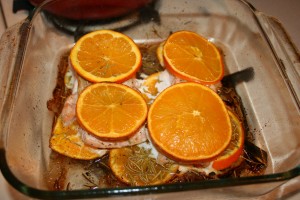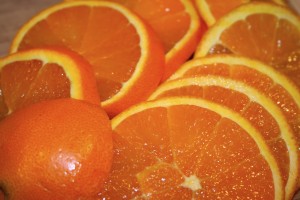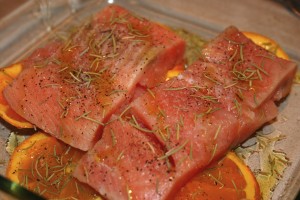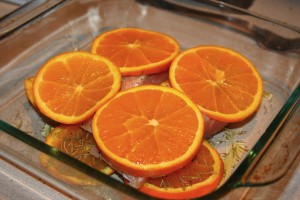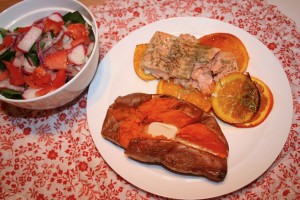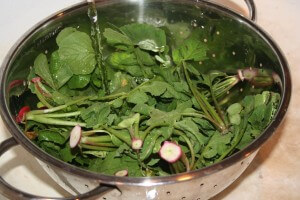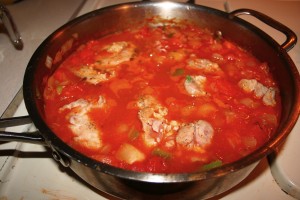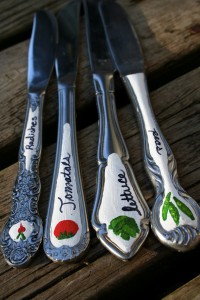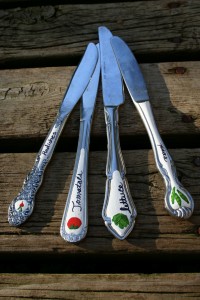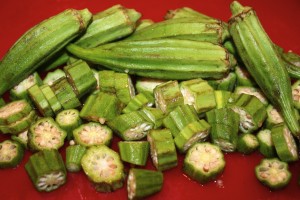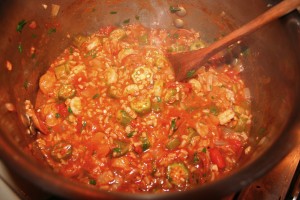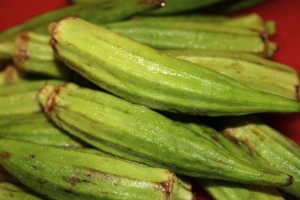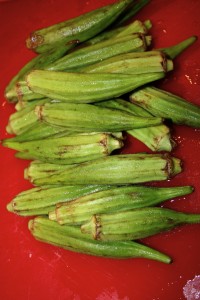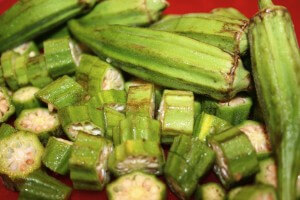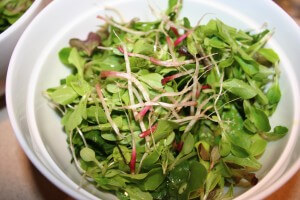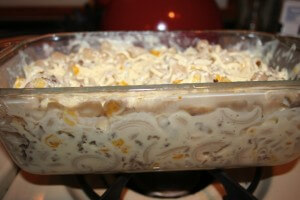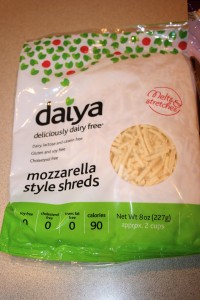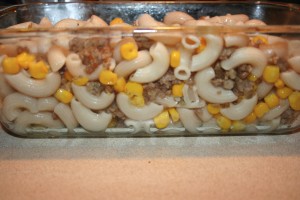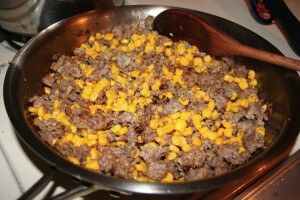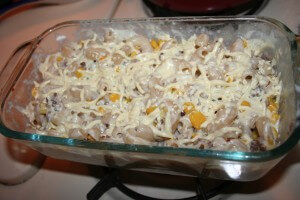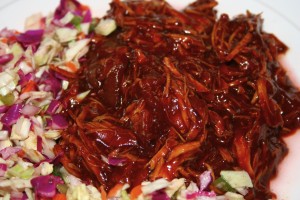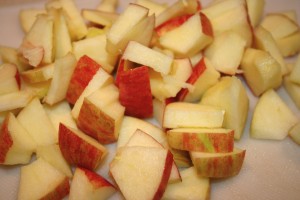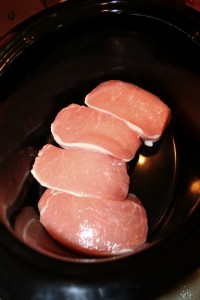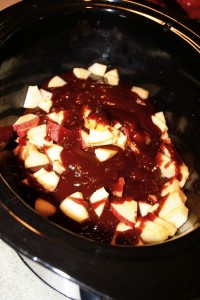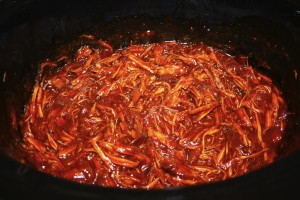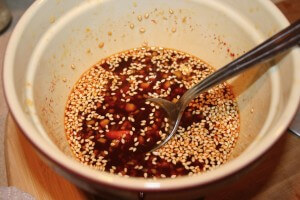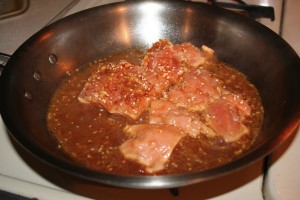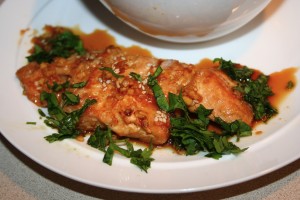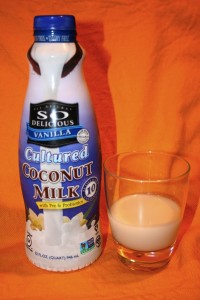
Today I’m taking a closer look at Kefir. When you have to eliminate foods from your diet like I have had to do over the last few years, you have to add new foods back into your diet or you tend to eat the same things over and over again. One of the new foods that I have more recently discovered is Kefir.
What is Kefir?
According to Dr. Mercola, “Kefir is an ancient, cultured enzyme-rich food full of friendly microorganisms that balance your ‘inner ecosystem’ and strengthen immunity.” Think of Kefir as a yogurt you drink. Kefir itself is a grain that is gluten free and is used to culture milk to turn it into a type of yogurt that has become known as Kefir. So, when people refer to Kefir most of the time they’re referring to the cultured milk product not the actual grain.
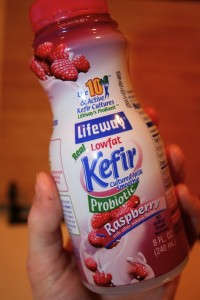 Why eat Kefir?
Why eat Kefir?
Kefir is full of good bacteria, vitamins, minerals, and proteins. Ancient cultures from all over the world have used yogurt type foods to cure all sorts of ailments from gastrointestinal problems, to skin irritations, to sinus and breathing issues. Modern medicine has tried all kinds of foreign substances to heal these health issues and they are now resorting back to this ancient wisdom of health and healing. You’ve seen the evidence of this on tv even; you know Activia yogurt and Align probiotic supplements. Kefir is a traditionally consumed in Russia and the Middle East.
Basically good bacteria (pre and probiotics) help to maintain your intestinal balance. The good bacteria fight off the bad, disease causing bacteria, as well as unhealthy yeasts that can over run your body. Cultured foods found in people’s diets all over the world provide these good bacterias that keep your gut healthy and therefore keep your immune system in top working condition. These cultured foods include natto, kimchee, miso, tempeh, pickles, olives, sauerkraut, yogurt, and kefir. I can’t say I know what all of these are, so that’s why we’re starting with kefir.
Why you should eat Kefir if you’ve taken rounds of antibiotics for other health issues?
Kefir is a natural source of good bacterias that are beneficial to your immune system function. If you’ve suffered from any illness that has resulted in you having to take many antibiotics Kefir would be a great food for you to incorporate into your diet. Antibiotics do help to treat various sicknesses like sinus infections, tonsil infections, and a variety of other infections, but they also wipe out your body’s natural good bacterias as well. This lack of good bacterias can make you very susceptible to another infection of the same or a different kind or can lead to a variety of stomach or intestinal issues.
After antibiotics always follow with a protocol of probiotics for a few months to build your good bacterias back up. Try Kefir to assist with this.
Why try Kefir rather than yogurt?
Kefir contains many more strands of beneficial bacteria than yogurt does. It also contains many beneficial yeasts as well.
For more detailed information check out this resource: http://www.kefir.net/kefiryogurt.htm
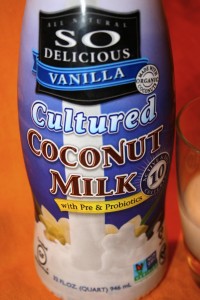
What if I can’t eat dairy, can I still eat Kefir?
Kefir is generally cultured cow, sheep, or goat’s milk. If you are lactose intolerant you may still be able to eat Kefir as the good bacteria in it consume most of the lactose. If you’re like me and you cannot tolerate other parts of dairy like the casein, then try coconut milk Kefir.
I know you can make your own, but I haven’t gotten that adventurous yet. I found this cultured coconut milk drink (pictured above) (So Delicious brand’s Cultured Coconut Milk) at Whole Foods. Its a little different from traditional Kefir in that this particular one uses inulin from chicory root to ferment it, but its the same idea.
How to eat Kefir?
Drink it straight. Pour it over berries or granola. Blend it with fruit to make a smoothie.
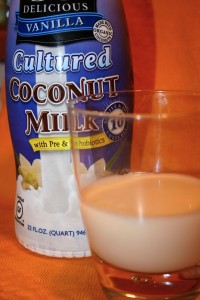 Where do I buy Kefir?
Where do I buy Kefir?
Health food stores and Whole Foods are great places to start looking. But, I’ve also found the regular Kefir (cow’s milk) at grocery stores that carry a variety of cultural foods.
You can also make your own Kefir, which is probably very cost efficient and also ensures that you’ll get the highest potency of the good bacterias. I have to admit that I haven’t tried this yet, but definitely plan on it in the future. If you want to try making your own you can buy the Kefir grains onlne from a variety of sources and most of them show you exactly how to do it.
Here are some resources to get you started:
http://www.kefir.net/sources.htm
http://rawglow.com/blog/2009/08/15/your-guide-to-making-raw-coconut-kefir/
http://www.thenourishinggourmet.com/2009/03/coconut-kefirs-health-benefits.html
Other Resources:
http://articles.mercola.com/sites/articles/archive/2009/12/08/Top-12-Foods-for-Healthy-Immune-Response.aspx
http://www.celiac.com/gluten-free/topic/3238-kefir/
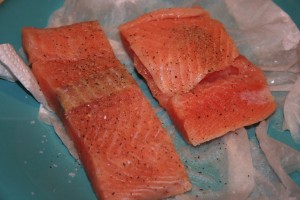 Ingredients:
Ingredients:
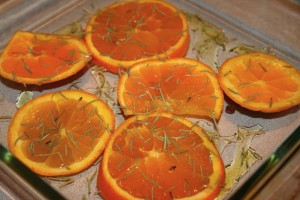 Directions:
Directions:
